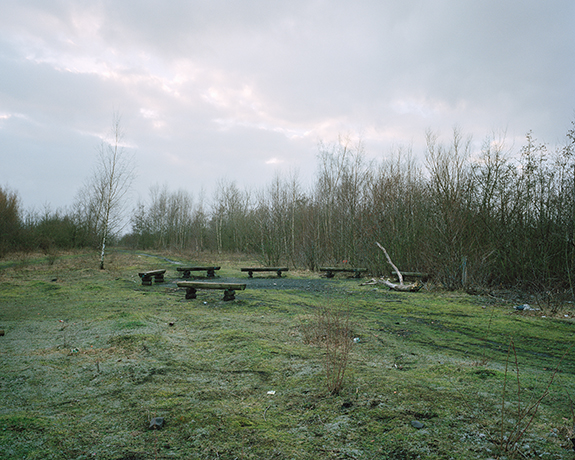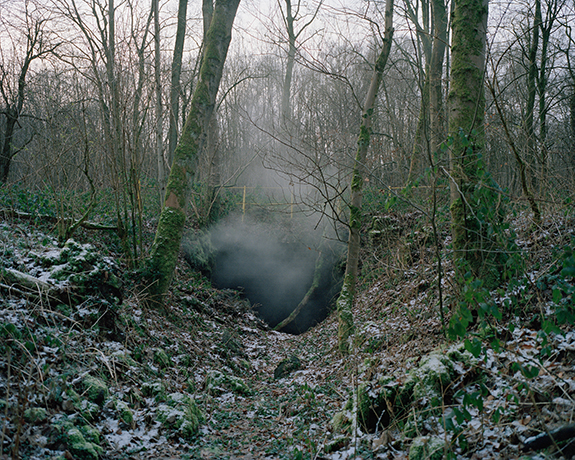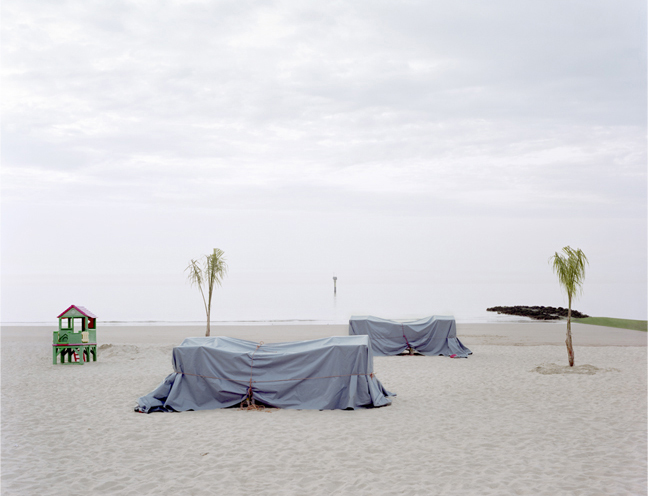
Through the installation Pavillons et Totems I question our relationship with history and myths by exploring a little-known or evolving heritage conveying experienced or legendary stories that stem from the construction of a collective narrative.
Tied to the former Franco-Belgian mining region, my approach is that of an ethnographer of humble places. At the CRP in Douchy-les-Mines, France I am presenting a set of photographs along with a sound montage played in the art center space, forming an installation that invites visitors to consider various sites and plunge into the stories these sites echo.
At the edge of a forest, at the end of a road, behind a curtain of trees, monuments loom up like apparitions, many of them ordinary ones that speak to the inhabitants of these territories and open their imagination. Their stories can be heard, like “micro narratives” forming a discontinuous and digressive narrative that envelops visitors and stimulates their imagination.
By superimposing images of places and stories of inhabitants like a mosaic, I poetize spaces by opening them to a multiplicity of perspectives and voices. Through these micro narratives, I allow the inhabitants of these places to reclaim their history and the history of their territory.
— Maxime Brygo, Lille, France



